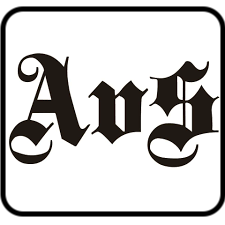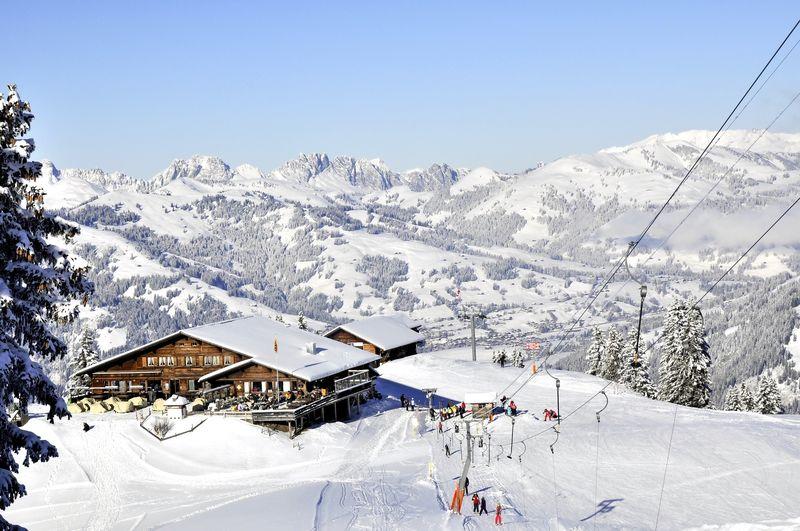Saving the Bergbahnen--Three Possibilities
29.12.2013 Business
Three plans to save BDG
At the information session held December 4th, three plans to save these mountain railways were presented to the public. Over 1,000 locals came to hear the proposed 10-year plans (2014 – 2024) to put the BDG on sound financial footing.
The three plans – “Focus,” “Focus Light,” and “Vision” – vary greatly in scope, range and cost (from 140 to 262 million francs):
1. “Focus”, would cost approximately 196 million francs. It requires limited closures and concentrates on a two-sector market repositioning with moderate investment.
2. “Focus Light” is similar but would include increased closures of the BDG’s mountain railways, costing 30 percent less than “Focus” at 140 million francs.
3. “Vision” outlines the most detailed and ambitious result. Truly visionary, the plan would see the construction of a central car park in Gstaad. Two lifts there would take guests directly to the slopes at Hornfluh and Eggli. The cost would amount to 262 million francs.
The train to nowhere?
But no matter which plan prevails, BDG faces a rocky road ahead. With losses topping 2.8 million francs last year, the company cannot continue to operate without a complete restructuring.
That said, voluntary bankruptcy is not permitted. Moreover, many communities are partially responsible for cantonal loans made to BDG, and they could be held liable for up to 10 million francs.
“Bankruptcy is not an option,” says Aldo Kropf, Gemeindepräsident (City Council President) of Saanen. “The damage to Gstaad’s image would be disastrous.”
BDG management believes that vast improvements must be made to retain repeat guests as well as to attract new tourists to the region. Such upgrades would include modernizing equipment and installations to provide the most up-to-date lifts expected in a place like Gstaad.
Next steps
Discussions in the communities will begin in January 2014; negotiations with banks and the cantons Vaud and Bern concerning financial restructuring measures are scheduled for March. The decision regarding financing of the selected plan shall be made in June 2014.
In the meantime, this winter season will see the implementation of a variety of cost-reduction measures, including a 200,000-franc cut in administration costs. In addition, the Gstaad Saanenland Tourism’s (GST) marketing department is expected take over most of the BDG’s communications and public relations activities in the summer of 2014.
Facilities reduction include, but are not limited to: 1) Closure of the ski lifts Birrmoss (Rinderberg), Hugeli (Rellerli) and Läger (Horneggli) and closure of the lift stand at Wispile; 2) Some pistes will not be wholly groomed and the full network of pistes will not be available: The black slopes beginning at Rellerli will only be groomed to Schönried and from Hugeli only the blue slope down to the valley floor will be groomed. These austerity measures will immediately save the company approximately 550, 000 francs.
St. Stephan takes the lead
St. Stephan is set to suffer most. The operating times for the Ried-Lengenbach chairlift were planned to be reduced to only three weekends in January 2014. However, the community, businesses and private individuals have donated enough funds to ensure the lift remains open this winter.
The future of St. Stephan is uncertain; all three plans call for a total closure of the lift.
Controversy surrounds the plans
For the moment, there are varying opinions of how the future should look for BDG, not only within the board itself but also among the opposition groups. BDG board member Bruno Hammer admits that the Board is not fully in agreement with all the measures of the “Focus” plan, and that adjustments are absolutely necessary.
Criticism of the plans has been harsh, especially by Ernst B. Frautschi, of the opposition group “Group 5”, who insists that the presentations held December 4th are simply ‘snapshots’ of a larger, more complex problem. He believes further expert advice is needed to develop a clear financial rehabilitation plan.
“You must make a clean slate before reinvesting millions of taxpayer francs in the BDG,” Frautschi says.
Co-owner of Glacier 3000 Marcel Bach speaks frankly of his displeasure as well.
“We must depoliticize the BDG,” Bach says. “It’s a pity, but it’s better to have a few top pistes than a larger but mediocre offer.”
Divide-and-conquer marketing
The one thing everyone agrees on is that the region offers a wealth of outdoor activities. Compartmentalising the mountain areas by activity will facilitate marketing them to specific tourist groups.
Future positioning would label the area from Schönried to Zweisimmen as a family and day-trip location, under the slogan “Family and Fun”. It would feature targeted offers in gastronomy and ski lifts. The western sector, Eggli and Videmanette, would be tailored to longer-term guests who enjoy boutique holidays with gourmet food, services and lifestyle options. Wispile would be family-oriented with sledging opportunities. Rellerli would remain strong as a free-ride and ski-touring zone for advanced skiers.
But plans for summer activities are on the table as well. In addition to traditional hiking, biking is set to become a new focus in the region. Downhill scooters and flyers will also feature prominently in the western area.
Future of the mountain
Just how BDG plans will help or hinder these divide-and-conquer marketing efforts remains to be seen. But what is clear is that without a viable plan for the future, the economic health and well-being of the Saanenland remains at risk.




